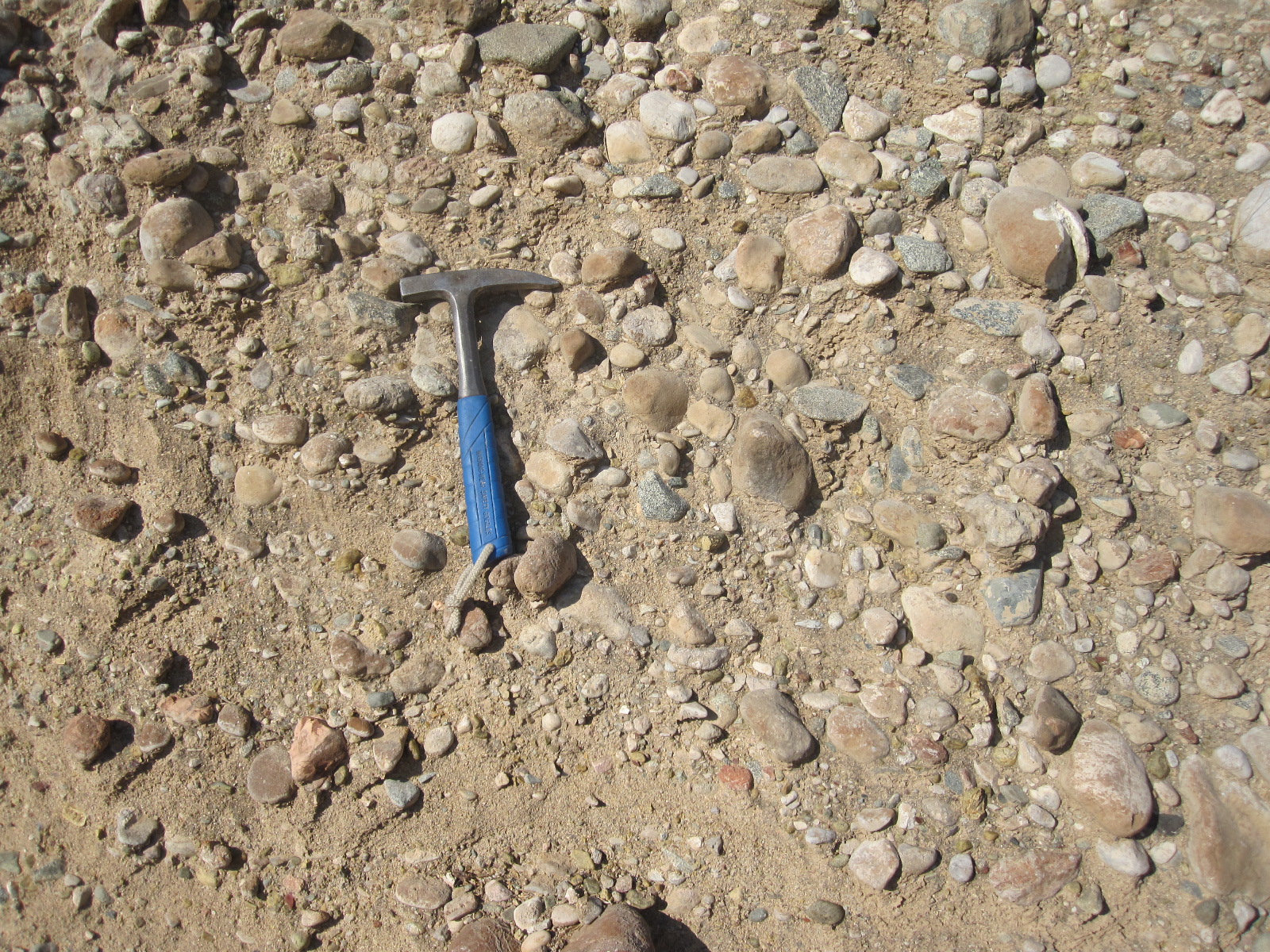| 
| |
Siliciclastic systems are, in contrast to carbonate systems, characterized by high input of material from the hinterland. They are, therefore, directly coupled with the climatic conditions on land which control type and intensity of weathering and the amount of material available for the transport towards the ocean. Furthermore, climate determines the rates of fluvial runoff. Material supplied to the ocean forms sediment bodies - along the coasts, on the continental shelf, at the continental slope, and last but not least in the deep ocean basin. These deposits contain, as land-derived, also a certain amount of organic material which delivered from land is responsible for its economical importance (hydrocarbons). | | | |


